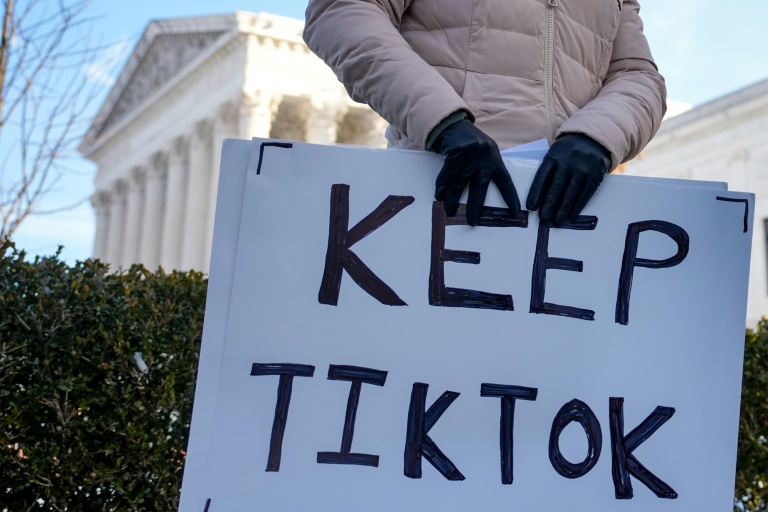January’s inflation report sent ripples down the stock market Friday, as the key index the Federal Reserve measures to gauge the economy showed there is still work to be done.
The Dow Jones Industrial Average plummeted 500 points as markets reacted to the morning’s news, which showed inflation unexpectedly picking up in January, despite a slate of recent months of decline.
The Commerce Department reported a 0.6% increase in the personal consumption expenditures price index, a key gauge that excludes more volatile energy and food prices, marking a 4.7% increase from a year ago. Economists had forecasted respective readings of 0.5% and 4.4%.
Strong PCE as well as personal income report, in nominal & real terms; Inflation also stronger than expected; Personal current taxes declined, keeping disposable income high while increasing saving rate. This is, again, good news for economy but not-so-good for Federal Reserve. pic.twitter.com/GtLlztGJha
— Ali Dhanji, AAMS® (@DhanjiatRJ) February 24, 2023
Core PCE measured gains of 0.4% and 4.6% in December, and when including the volatile food and energy components, headline inflation increased by 0.6% and 5.4% respectively in January, compared to 0.2% and 5.3% in December.
“This morning’s strong inflation data continued the recent spate of market-unfriendly news. This could keep the policy rate higher for longer than the market had hoped, which in turn will likely pressure earnings,” Matt Peron, director of research at Janus Henderson Investors, told CNBC. “While we do see signs that inflation will eventually moderate, higher rates for longer will take a toll.”
The Dow Jones was not the only notable price to fall Friday morning, as electric vehicle leader Tesla also saw a 4% decline, equally out to a drop below 200 a share.
Markets have felt sustained pressure as recent reports continue to indicate a tumultuous recovery from the ongoing inflation-ladden landscape. If inflation continues to fluctuate above the accepted standard, interest rates will not have the stability to instill confidence in investors.
Friday’s report, which also shows a higher-than-expected rise in consumer spending and the personal saving rate, suggests that inflation did indeed spike to bring in the new year. This puts the Fed in a position to likely raise interest rates again, as inflation reaches its highest levels in over 40 years and benchmark rates push above 4.4 percentage points since March 2022.
JUST IN: Odds of a 50 bps rate hike in March hit a fresh high of 36%.
Prior to this morning’s PCE inflation report, this was at 24%.
3 weeks ago, the odds of a 50 bps rate hike were 1%.
We should see the odds of a 50 bps hike hit 50% soon.
26 days until the next Fed meeting. pic.twitter.com/CHe3mgx0di
— The Kobeissi Letter (@KobeissiLetter) February 24, 2023
Higher interest rates creep into almost every facet of the economy, primarily making it more difficult for Americans to borrow money for large purchases such as a house or car, and dissuading businesses from borrowing money for potential expansions.
January’s inflation report was largely buoyed by a 2% rise in energy prices, while food prices increased 0.4% and goods and services both rose 0.6%.
Officials at the Federal Reserve Fed meet next on March 21-22, wherein they will dissect the latest data to determine the next step for the U.S. economy.
As of 12:12 a.m., the Dow Jones was down 1.09% and the S&P 500 was down 1.23%.







